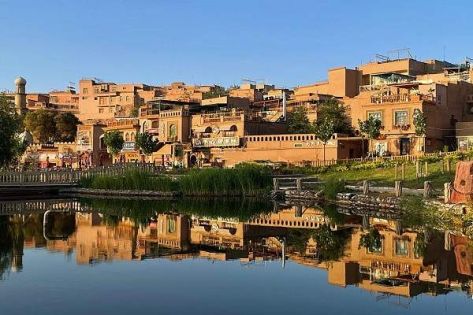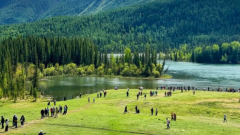Southern Xinjiang, located at the southern edge of the Tianshan Mountains and stretching to the vast Taklamakan Desert, is one of China’s most fascinating travel regions. From October to December, while northern Xinjiang enters a deep winter with heavy snow, Southern Xinjiang remains relatively mild, dry, and perfect for cultural exploration. This is the best season to enjoy its Silk Road heritage, desert landscapes, and unique Uyghur culture. Here are some of the must-visit destinations during this time.
1. Kashgar Old Town – A Living Silk Road Museum
-
Why Visit: Kashgar is the cultural heart of Southern Xinjiang and one of the oldest cities along the Silk Road. In October–December, the weather is cool and comfortable, making it perfect for exploring the winding alleys, mud-brick houses, and bustling bazaars.
-
Highlights: Id Kah Mosque (the largest in Xinjiang), Kashgar Old Town streets, and the Grand Bazaar. On Sundays, the livestock market is a vibrant scene of trading camels, sheep, and donkeys.
-
Tip: The golden autumn light creates a perfect backdrop for photography in the narrow streets.
2. Hotan – Jade Capital of China
-
Why Visit: Hotan is famous for its Hetian jade, handmade carpets, and traditional silk. The cooler months are the best time to walk around without the scorching desert heat.
-
Highlights: Hotan Bazaar, jade markets, silk workshops, and the desert villages nearby.
-
Unique Experience: Take a short camel ride on the edge of the Taklamakan Desert and experience the lifestyle of caravan traders from ancient times.
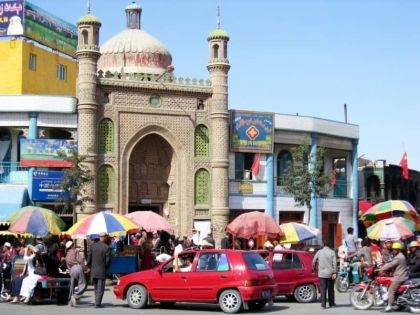
Hotan
3. Taklamakan Desert – Adventure into the Sands
-
Why Visit: Known as the “Sea of Death,” the Taklamakan Desert is one of the largest shifting sand deserts in the world. In autumn and early winter, temperatures are much more tolerable than in summer, making it the best season to explore.
-
Activities: Desert camping, camel trekking, jeep safaris across sand dunes, and watching the stars in one of the world’s clearest night skies.
-
Scenic Spots: Desert Poplar Forests (Populus euphratica), which turn golden in October, especially around Minfeng and Yutian.
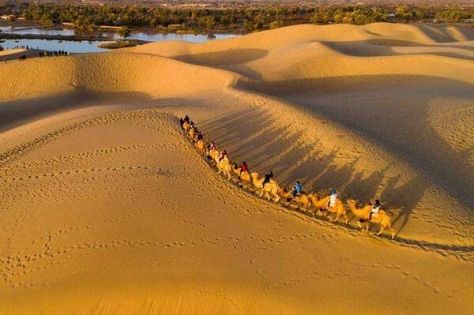
Taklamakan Desert
4. Kuqa – Gateway to Ancient Buddhist Culture
-
Why Visit: Kuqa is a small but historically significant town, once a major Buddhist center along the Silk Road. The weather in October–December is dry and cool, ideal for historical site exploration.
-
Highlights:
-
Kizil Thousand Buddha Caves – one of the earliest Buddhist cave complexes in China.
-
Grand Kuqa Mosque – blending Central Asian and Islamic architectural styles.
-
Tianshan Grand Canyon near Kuqa – red rock formations shaped by wind and erosion, stunning in the low winter sunlight.
-
5. Aksu – Nature and History Combined
-
Why Visit: Aksu is both culturally rich and scenically dramatic. In late autumn, the landscapes become especially colorful.
-
Highlights:
-
Tianshan Mysterious Grand Canyon – breathtaking red sandstone cliffs and winding valleys.
-
Wensu Grand Canyon – another red-rock wonder, perfect for photography.
-
Cultural Villages – explore Uyghur traditions in nearby settlements.
-
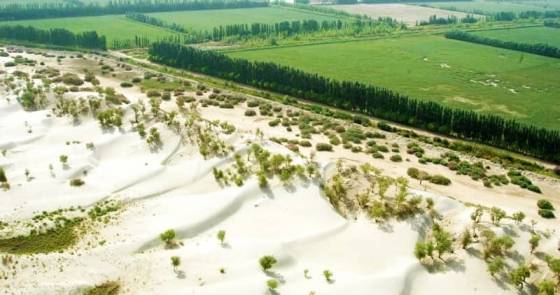
Aksu
6. Yarkand (Shache) – A Former Kingdom on the Silk Road
-
Why Visit: Once the capital of the Yarkand Khanate, this city holds layers of Uyghur history.
-
Highlights:
-
Tomb of Amannishahan – the queen credited with compiling classical Uyghur muqam music.
-
Old streets of Yarkand – less commercial than Kashgar, but full of authentic charm.
-
-
Seasonal Appeal: During autumn and early winter, the city is peaceful, and local life continues at a slower, traditional pace.
7. Keriya (Yutian) – Edge of the Desert
-
Why Visit: A lesser-known stop in Southern Xinjiang, Keriya is ideal for travelers seeking off-the-beaten-path experiences.
-
Highlights: Desert villages, ancient ruins of Niya (an old Silk Road city buried in sand), and interactions with local Uyghur communities.
8. Lop Nur & Loulan Ruins (For Adventurers)
-
Why Visit: For the truly adventurous, exploring Lop Nur and the ruins of the ancient Loulan Kingdom is a once-in-a-lifetime experience. These sites are remote and require special permits and guidance, but they are filled with Silk Road mystery.
-
Best Season: Cooler weather in late autumn makes such expeditions less harsh compared to summer.
Travel Tips for Southern Xinjiang in October–December
-
Weather: Expect daytime temperatures between 5°C–20°C in October and colder conditions in November–December, especially at night. Desert areas can drop below 0°C after sunset.
-
Clothing: Layered clothing is recommended—warm jackets for evenings, comfortable shoes for walking, and scarves or masks to protect against desert winds.
-
Food: Try Uyghur specialties like lamb kebabs, hand-pulled noodles (laghman), polo (pilaf rice with lamb and carrots), and Hotan walnuts.
-
Transportation: Kashgar serves as the main hub with an international airport. From there, buses, trains, and private cars can take you deeper into Southern Xinjiang.
Conclusion
Visiting Southern Xinjiang between October and December is like stepping into a living history book of the Silk Road. From the bustling markets of Kashgar to the silent sands of the Taklamakan Desert, and from ancient Buddhist caves in Kuqa to the timeless beauty of desert poplar forests, this season offers comfortable weather, rich culture, and unforgettable landscapes. Whether you’re an adventurer, a history lover, or simply seeking authentic cultural encounters, Southern Xinjiang in late autumn and early winter is a journey worth taking.



